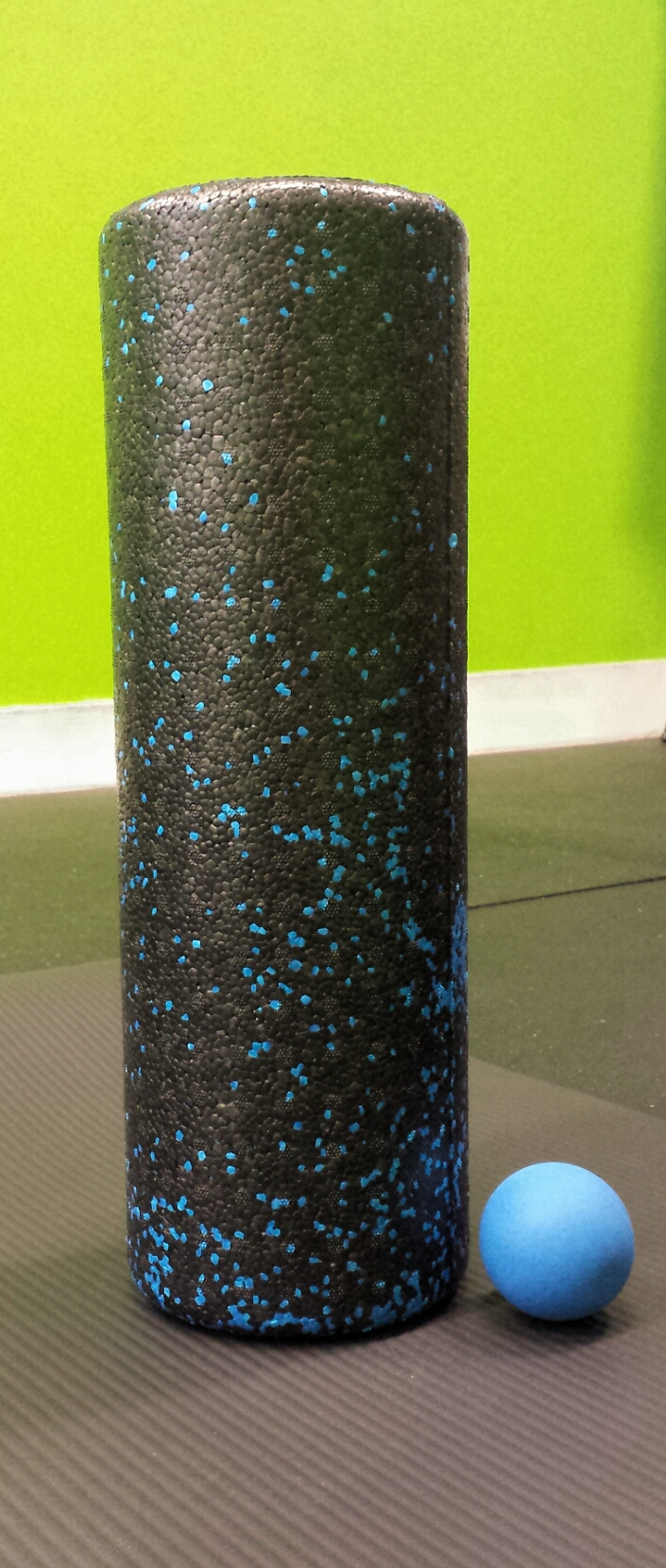What is a Warm up?
If you don’t know what a warm up is, you have either never trained before in your life, or you have been living under a rock for the past 50 years. While most people do know and appreciate the importance of a warm up, the majority are either too lazy to do them, or they perform them incorrectly, SO incorrectly that in some cases, it may be more beneficial to not warm up at all. In this article, you’re going to learn when and how you should warm-up your body, and when and how to stretch.
For those of you who aren’t as familiar with what a warmup is, here is what Tim Roberson of STACK.com has to say:
“The main purpose behind [a dynamic warm-up], in addition to increasing the blood flow to the exercise musculature, is to increase the nervous system awareness. You’re trying to stimulate that awareness to the [exercises] that are going to follow. It’s the stepping stone before you actually start doing [more] intense exercises.” (STACK)
This definition really only tells half the story. The next half of a warm-up should consist of stretching. Only after our bodies have been primed, can we optimally stretch our muscles to illicit the best performance in the proceeding workout. So to summarize, here is how we should feel after our warmup:
-Increased Body Temperature
-Improved Joint lubrication
-Engaged Nervous System
-Improved Flexibility
-Grooved Movement patterns (Gentilcore)
What Am I Doing Wrong?
We need to get one thing straight here. The warm-up is exactly what it is, a warm-up. It should be specific to the work that is going to be done in the workout, but it should NOT be THE WORKOUT. Movements that are extremely intense, or put large amounts of stress into the muscular and nervous systems, should not be in the warm-up. These include: Max-Effort Plyometrics, Sprints, or high-intensity strength training. These movements can not be performed safely in a warm-up, because in order to execute them properly, we need an engaged nervous system, improved flexibility, increased body temperature, etc., which are all things we are trying to achieve with the warm-up.
I can’t tell you how many times I have seen people going straight to static stretching after sitting in a classroom for six hours. Have you ever tried to pull an uncooked steak apart? It doesn’t happen. If you heat it up, the steak is much more pliable. The same principal is true with our muscles. Without getting into the physiology of stretching, I will tell you that you can easily pull a muscle (over-stretch), and/or won’t be optimally preparing yourself for the work to follow, without an increased body temperature.
What SHOULD I DO?
Don’t worry, although I just picked apart your whole stretching routine, chances are you can keep it. As long as you do the following before your stretch, you should be golden. You need to do a dynamic warmup. In a dynamic warm up, exercises should be specific to the upcoming workout. It should begin with lower intensity, single-joint movements and progressively move towards medium-intensity, multi-joint movements. (Cressey) It can be preceded by soft-tissue work, but that is for a whole other article. It’s important to work areas such as the ankle, hip, and thoracic spine. (Cressey) The reason being is, for most of us who are sitting at a desk all day, these areas tend to be the tightest. Another factor to point out would be that these three areas have a tremendous amount of responsibility in some of the most basic functions of movement, such as twisting, bending, extending, pushing, and pulling.
EVEN WHEN YOU ARE WARM, STRETCHING CAN BE COUNTERPRODUCTIVE. Although this takes an individualized assessment, stretching phasic (lengthened or under-active) muscles will just worsen any postural imbalances you may have, and can lead to pain and injury. Stretching tonic (tight or over-active) muscles, will help balance postural alignment, and move the body closer to an optimal bio-mechanical position (Chek).
Group Warm-ups
When in a group setting, it isn’t realistic to assess everyone for their own postural imbalances. This can apply to boot camps, sports teams, and gym classes. In this case, the best we can do is stretch each muscle and it’s antagonist (opposite muscle). An example of this would be the bicep and tricep. Stretching both will maintain the current postural alignment, but still provide the benefit of increased flexibility in the muscle.
Should I Change my Warm-up on a Regular Basis?
Like previously mentioned, the warm-up should be specific to what’s going to take place in the main workout. It never hurts to add variety, however, but if your workout never changes, then generally, your warm-up won’t have to either. Of course, if your postural status is improving with corrective stretching and exercises, then your stretches will have to change as well.
Don’t Overdue It
There is one purpose to a warm-up, and we’ve already mentioned what that is. It’s to prepare for the main workout to come. Warm-ups that are too intense or are too long will actually take away from the main workout / competition / sports practice.
Remove Unnecessary Exercises
There are many coaches out there who will put high-intensity, low-volume exercises in their warm-ups. These exercises really deserve to be part of the workout themselves. Warm-ups generally should consist of exercises at a low to medium intensity at medium to high volume. The problems happen when you mix a high-intensity exercise with high volume. This is just asking for burnout and reduced performance in the actual competition / workout / sports practice.
Warm-ups are hardly ever changed, so if an athlete is practicing for their sport 5-6 times/week and they are using the same, high-intensity exercise over and over in their warm-up, they will eventually create some sort of postural imbalance, as well as fatigue quicker, and start to see diminishing gains. (Zatsiorsky, 96) If the coach is insisting on continuing the use of high intensity exercises, they should make sure to properly use, “rest-exercise alternation and proper exercise sequencing to alleviate fatigue.” (Zatsiorsky, 96).
Most coaches use isometric training on the field or on the court because it’s simple, doesn’t require equipment, and seems to get the job done. However, they should be aware that accommodation to isometric exercises happens quickly, and gains tend to peak between 6-8 weeks. (Zatsiorsky, 124).
If you’d like to learn more about prehab, preventing injury, and warming up correctly, Sign up in the form below! I’ll send you free content on how to improve all of these things, in the most effective way possible.
Works Cited
Chek, Paul.How to Eat, Move and Be Healthy!: Your Personalized 4-step Guide to Looking and Feeling Great from the inside out. San Diego, CA: C.H.E.K. Institute, 2004. Print.
Cressey, Eric. “The 6 Characteristics of a Good Dynamic Warm-up | Eric Cressey | High Performance
Training, Personal Training.”Eric Cressey. N.p., 20 Dec. 2011. Web. 22 Nov. 2013.
“Dynamic Warm-ups vs Static Stretching.”STACKSept. 2008: n. pag. Web.
Gentilcore, Tony. “The Perfect Warm-Up.”Tony Gentilcore. N.p., 23 May 2012. Web. 22 Nov. 2013.
N.p., n.d. Web.
Zatsiorsky, Vladimir M., and William J. Kraemer.Science and Practice of Strength Training. Champaign, IL: Human Kinetics, 2006. Print.



